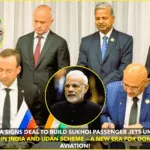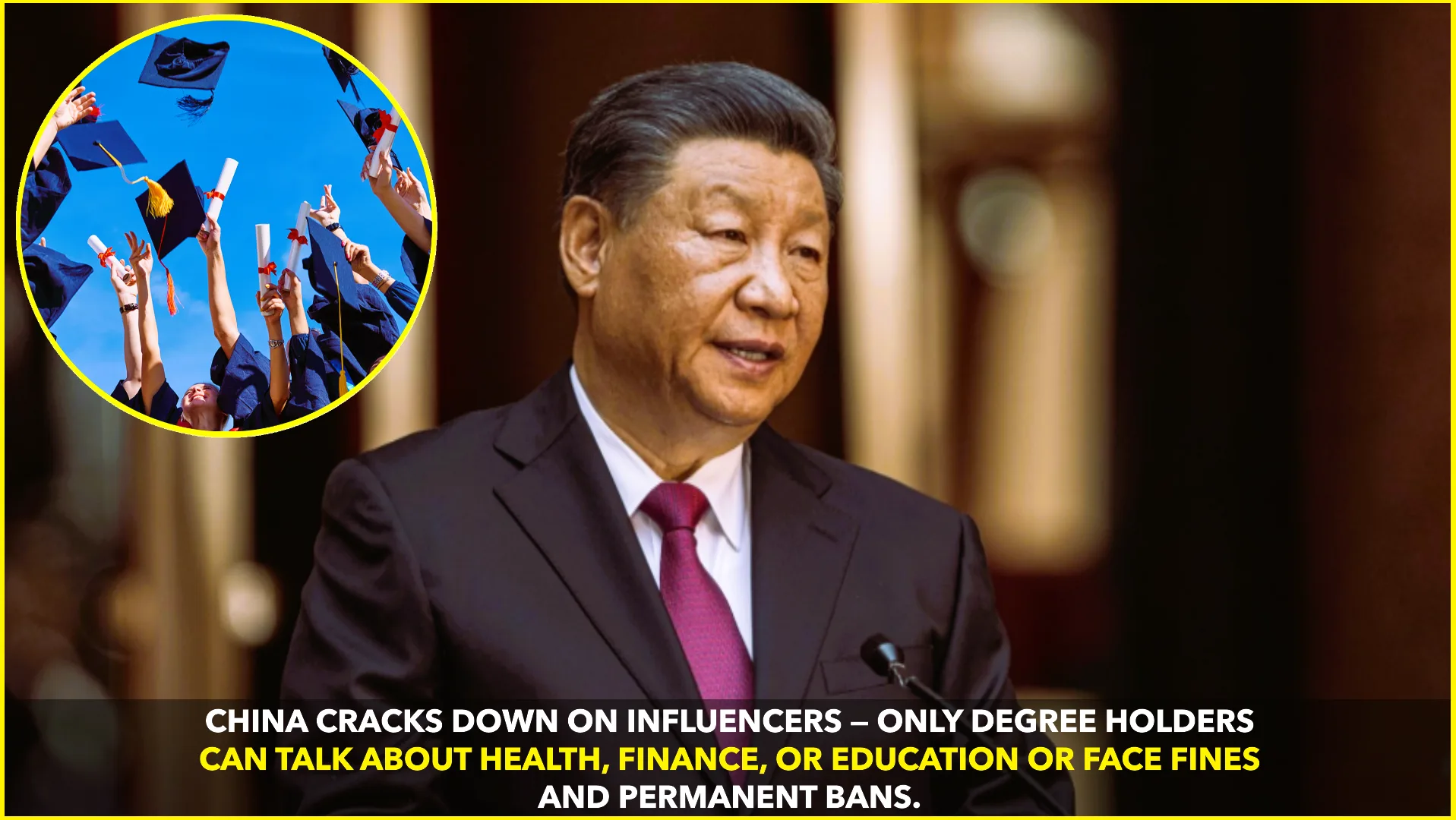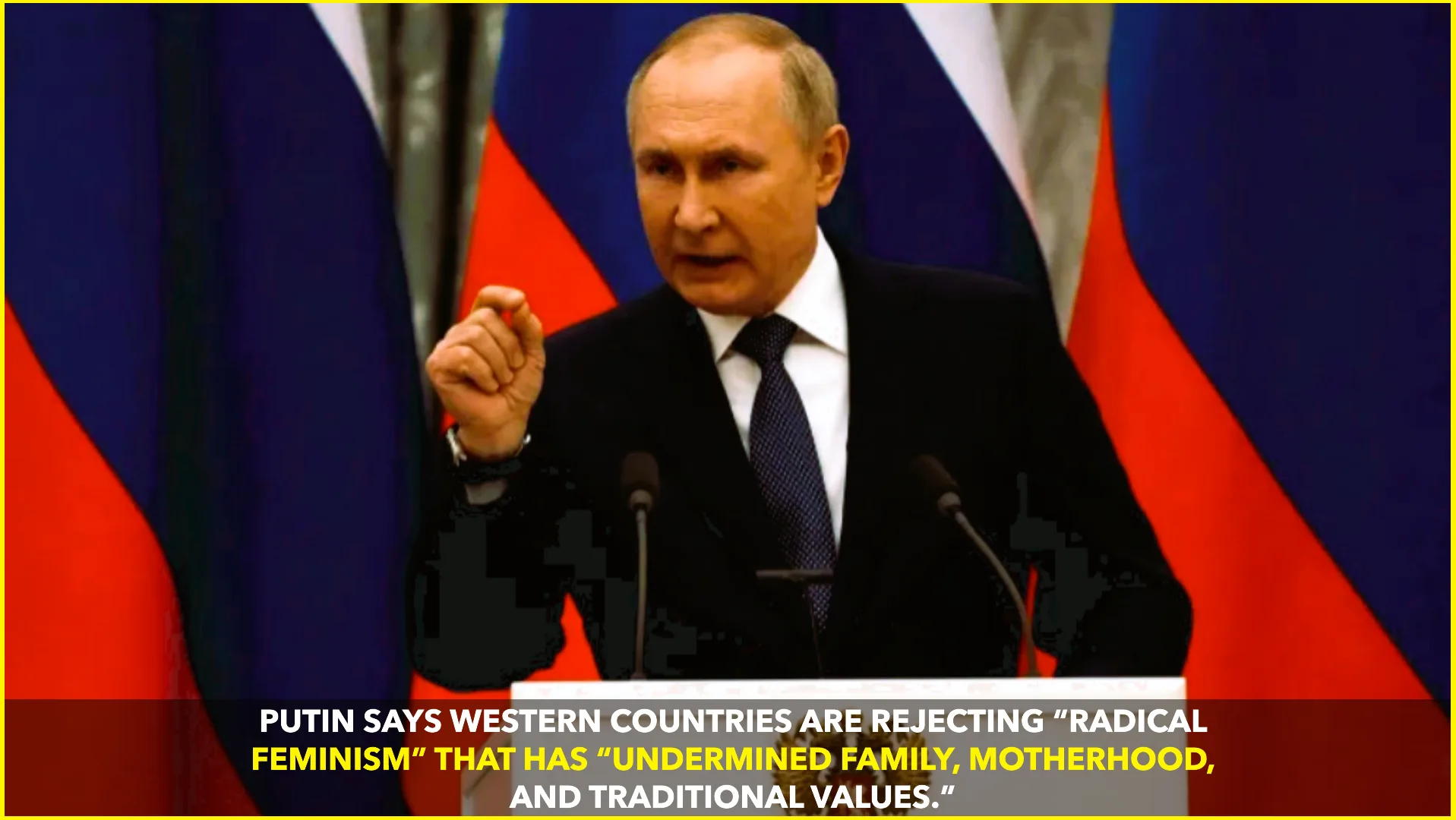In a bold and highly publicized series of announcements, Russian President Vladimir Putin has once again cast the spotlight on a missile he describes as “invincible” and possessing an “unlimited” range. The weapon continues to be promoted not just as a military asset but as a strategic statement—underscoring Russia’s modern warfare ambitions.
A Missile Beyond Boundaries
During his recent addresses, Putin touted a new nuclear-powered cruise missile as a breakthrough in weapon design. Equipped with a compact yet powerful onboard nuclear reactor, the missile—reminiscent of a Tomahawk-style air-launched cruise vehicle—supposedly boasts virtually unlimited flight range and can maneuver unpredictably at low altitudes to evade interception by current and anticipated air or missile defense systems.
He emphasized that such capabilities render traditional defense systems “completely useless,” reinforcing the claim with provocative visuals of missiles circumventing defense grids Atlantic CouncilReuters.
‘Oreshnik’: The Hypersonic Game-Changer
Another star in Putin’s military showcase is the Oreshnik missile—a hypersonic intermediate-range deterrent reportedly shipborne, land-based, and capable of reaching speeds up to Mach 10–12. First used in November 2024 during a strike on Ukraine’s industrial site in Dnipro, the Oreshnik has since entered serial production and begun deployment in Belarus, according to Putin.
Putin insists that “no current defenses can counteract this weapon,” adding that its precision and destructive power—even in conventional form—could rival nuclear strikes AP NewsBusiness Insider.
Tradition of Tactical Theater
This isn’t the first time Putin has drawn attention to futuristic “invincible” weapons. In his 2018 state-of-the-nation speech, he presented video animations of a low-flying nuclear-powered cruise missile with virtually limitless range and erratic trajectory, claiming it would evade all known interception lines. Complementing this, he unveiled the RS-28 Sarmat (nicknamed “Satan 2”) ICBM and the Avangard hypersonic glide vehicle as unstoppable systems.
Yet, independent analysis of such claims has been more skeptical. The so-called “Skyfall” Burevestnik missile reportedly suffers from a poor test history; most trials have ended in failure, short range, or drone crashes. U.S. intelligence assesses it may be another decade away from operational readiness CNBCReutersWikipedia.
Contrasting Realism Meets Rhetoric
While Putin’s descriptions serve to project power and sow strategic doubt, analysts caution that these narratives may overstate the weapons’ reliability and cost-effectiveness. For example, RAND analyst Michael Bohnert suggests that although the Oreshnik’s speed and reach complicate defense planning, its high cost and modest payload may limit its tactical value. Grace Mappes from the Institute for the Study of War argues that Russia has long possessed missiles capable of striking NATO, and that promoting these new models may be more about rhetoric than capability Business Insider.
Strategic Context and Global Tensions
Putin’s reiteration of an “invincible” missile with unlimited range comes amid escalating tensions over Ukraine, defense posturing in Belarus, and a reevaluation of nuclear doctrines. The Kremlin has lowered the nuclear use threshold and extended its nuclear umbrella to Belarus—measures that broaden its strategic reach while heightening NATO and Western concern AP News.
Analysis Summary
| Element | Details |
|---|---|
| Weapon Claimed | Nuclear-powered cruise missile with “unlimited” range; hypersonic Oreshnik |
| Key Claims | Evades all current/future defenses; can mimic nuclear strike effect |
| Deployment | Oreshnik mass production started; deployed to Belarus |
| Expert View | Costly and limited payload; deficiencies in operational reliability |
| Strategic Impact | Heightens geopolitical tension; part of wider militaristic messaging |
Putin’s continued promotion of these missiles—rich in dramatic flair—contends with reality checks from independent experts. While there’s no denying the provocative power of such imagery, the practical battlefield impact and strategic reliability remain subject to scrutiny. Still, the discourse alone serves to shape perceptions, sending a message that Russian defense technology—or at least its rhetoric—remains at the vanguard.










